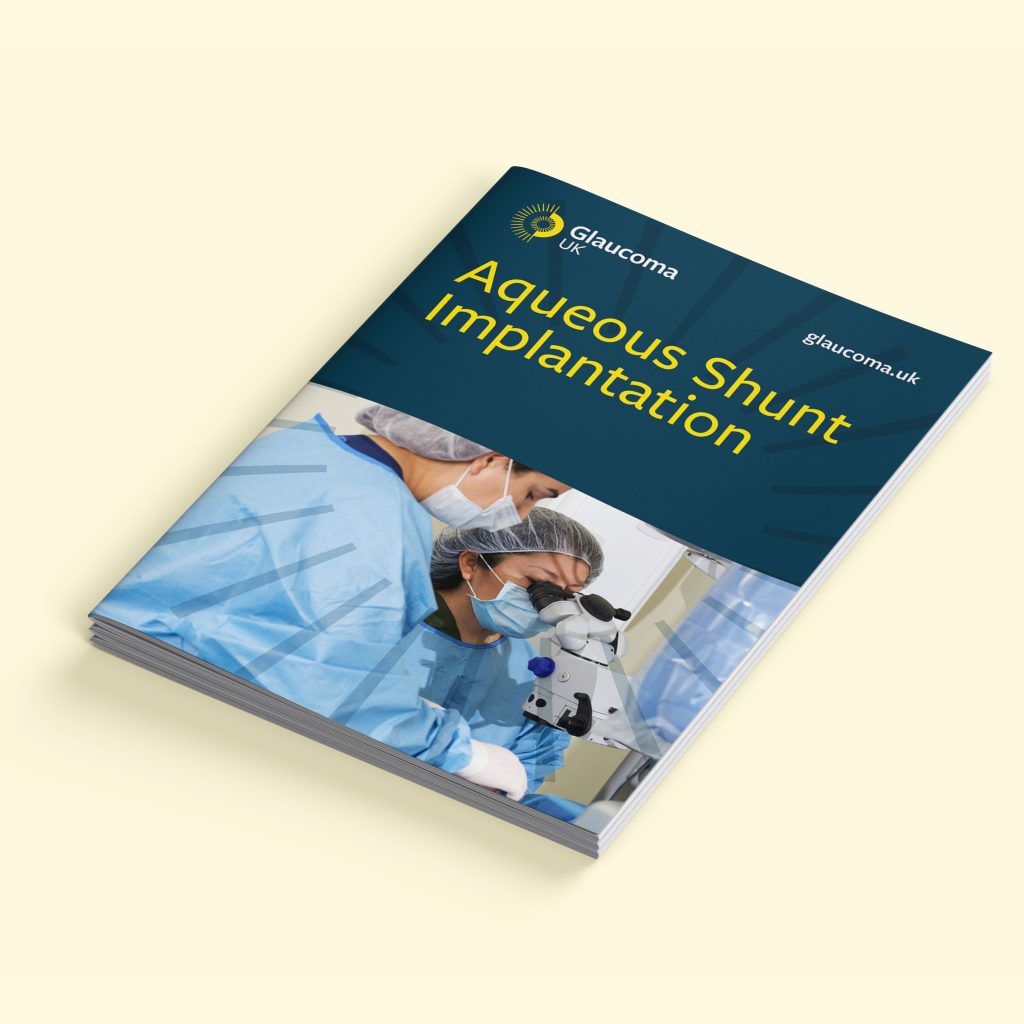Glaucoma Drainage Devices (Tube Shunt Surgery) in UK
For patients whose glaucoma cannot be controlled with medication, laser, or trabeculectomy, glaucoma drainage devices — also called tube shunts — provide another effective surgical solution. In the UK, this procedure is performed both in NHS hospitals and private clinics, giving patients multiple options depending on urgency and budget.
This article explores tube shunt surgery in detail, including how the device works, who should consider it, expected recovery, costs, and success rates.
What is a Glaucoma Drainage Device?
A glaucoma drainage device is a small tube with a plate that helps lower intraocular pressure (IOP) by diverting fluid (aqueous humor) from the front of the eye to a reservoir under the conjunctiva.
Common Types of Tube Shunts
-
Ahmed Glaucoma Valve (AGV): Features a valve mechanism that regulates fluid flow, reducing the risk of very low pressure.
-
Baerveldt Glaucoma Implant: Provides a large surface area for drainage, often used for advanced cases.
-
Molteno Implant: One of the earliest drainage devices, still used for specific indications.
These devices are usually implanted when other surgical options, such as trabeculectomy, have failed or are unlikely to succeed.
Who is a Candidate for Tube Shunt Surgery?
Tube shunts are generally recommended for:
-
Patients with failed trabeculectomy or severe scarring of the conjunctiva.
-
Those with neovascular glaucoma or uveitic glaucoma.
-
Patients with previous eye surgeries where standard filtering surgery is less likely to work.
-
Eyes that require long-term, stable pressure reduction.
Procedure Overview
Tube shunt surgery is performed in a hospital or surgical center under local or general anesthesia.
Steps include:
-
The surgeon inserts a small silicone tube into the front chamber of the eye.
-
The plate portion is positioned under the conjunctiva and secured to the sclera.
-
The tube is often covered with donor tissue or a graft to prevent exposure.
-
The device begins to regulate fluid drainage, lowering eye pressure gradually.
The entire procedure usually takes 45–60 minutes per eye.
NHS vs. Private Tube Shunt Surgery
Both the NHS and private sector offer tube shunt procedures in the UK.
-
NHS Coverage: The surgery is available on the NHS when deemed medically necessary. Patients generally do not pay for the procedure, but waiting times vary depending on urgency.
-
Private Care: Offers shorter waiting times, surgeon choice, and flexible scheduling. Patients pay directly or use private insurance to cover the procedure.
Cost of Tube Shunt Surgery in UK
The average private cost of tube shunt surgery in the UK ranges from £4,500 – £6,000 per eye, depending on the type of device, hospital, and surgeon.
Patients with private health insurance should confirm whether:
-
Device costs are fully covered (some insurers cover only standard devices).
-
Post-operative visits are included in the claim.
-
Additional surgery (for complications or adjustments) is part of the coverage.
Self-paying patients should request a package price that covers consultation, surgery, anesthesia, and follow-up visits.
Success Rates and Long-Term Outcomes
Tube shunts are highly effective for patients with complex glaucoma.
-
Pressure Control: Most patients achieve significant IOP reduction, often with fewer medications.
-
Long-Term Results: Tube shunts can remain effective for many years, though additional procedures may be needed in some cases.
-
Vision Preservation: Surgery helps slow or halt further vision loss by preventing optic nerve damage.
Risks and Complications
While generally safe, tube shunt surgery carries some potential complications:
-
Hypotony (very low IOP) — may require temporary adjustment.
-
Tube exposure — rare, but may need surgical revision.
-
Diplopia (double vision) — uncommon but possible if the implant affects eye muscles.
-
Endophthalmitis — very rare but serious infection risk.
Careful post-operative follow-up reduces the risk of complications and allows early intervention if issues arise.
Recovery After Tube Shunt Surgery
Recovery time varies by patient, but most can resume light activities after 1–2 weeks.
Post-operative care includes:
-
Using prescribed antibiotic and steroid drops.
-
Attending follow-up visits to monitor pressure and tube position.
-
Avoiding heavy lifting, bending, or eye rubbing during early healing.
Full stabilization of pressure can take several months as the eye adjusts to the device.
Tube Shunts vs. Trabeculectomy
Some patients wonder whether tube shunts are better than trabeculectomy.
-
Trabeculectomy is typically the first surgical option, as it is less invasive and highly effective.
-
Tube shunts are preferred when trabeculectomy fails, when there is extensive scarring, or in secondary glaucomas where standard surgery is less likely to work.
Your ophthalmologist will recommend the most appropriate option based on eye health and disease severity.
Tips for Patients
-
Get a Written Estimate: Ask for an itemized cost breakdown if paying privately.
-
Check Insurance Coverage: Confirm device type and number of follow-up visits included.
-
Plan for Follow-Up: Tube shunt surgery requires regular monitoring during the first year.
-
Report Any Symptoms: Sudden pain, redness, or vision changes should be addressed immediately.
Final Thoughts
Glaucoma drainage devices (tube shunt surgery) play a critical role in controlling eye pressure for patients who do not respond to medication or trabeculectomy.
With strong success rates, availability through both NHS and private care, and multiple device options, UK patients can find a solution that meets their medical and financial needs.
By understanding procedure steps, cost, risks, and follow-up requirements, patients can make informed choices and protect their vision for the long term.




